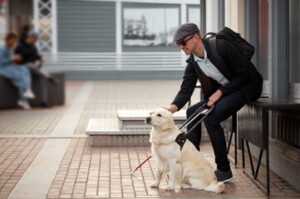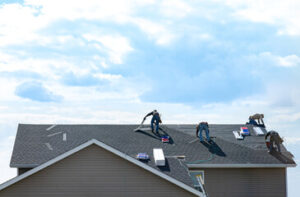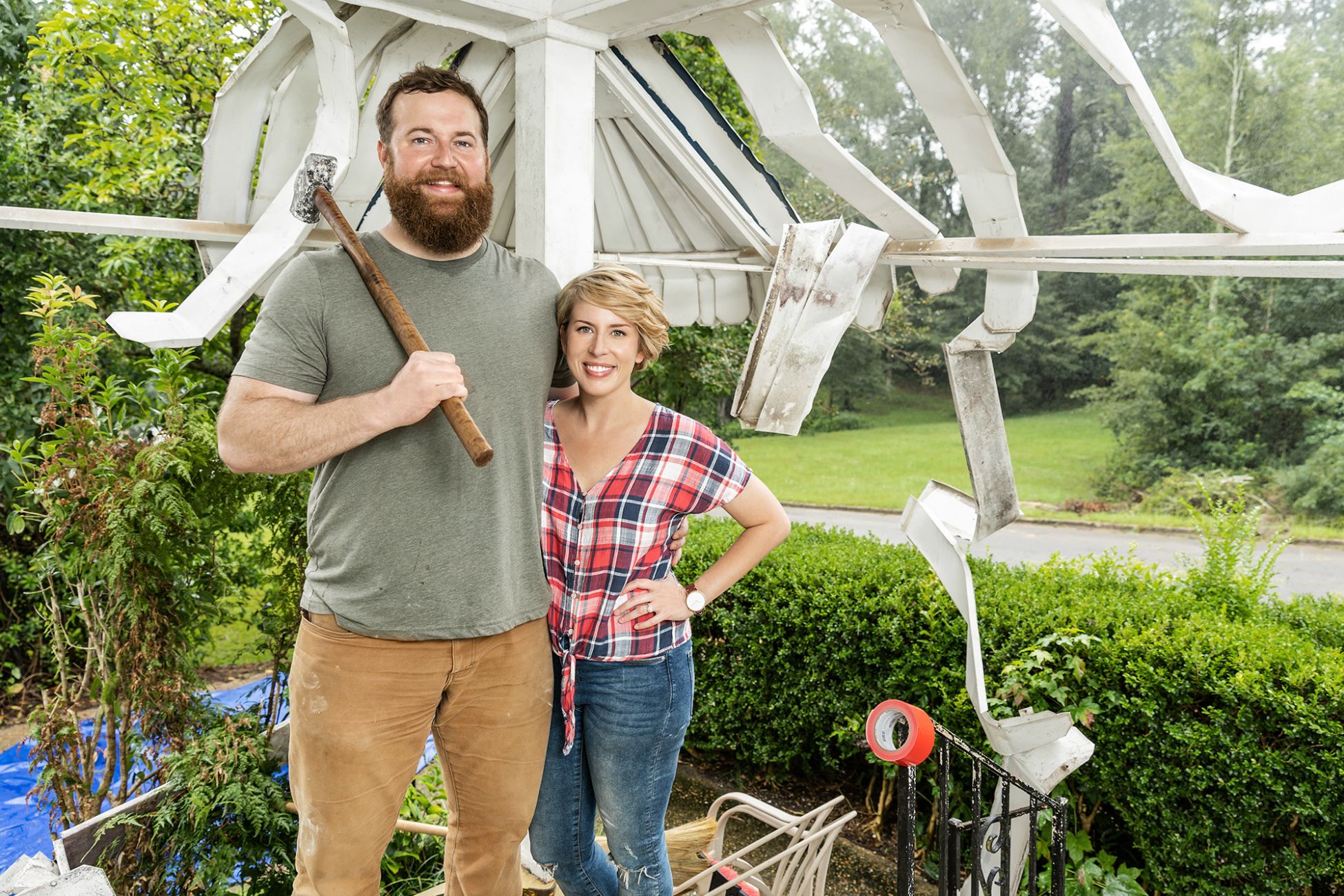Many people who have a disability benefit from the assistance of a Service Dog. These dogs have been highly trained to perform tasks that mitigate their handler’s major life altering disabilities.

Some of these tasks include detecting low blood sugar, waking up diabetics to check their blood glucose levels, alerting to allergens, and providing mobility assistance. Some individuals may have multiple Service Animals for instance a mobility and psychiatric Service Dog. Contact Sierra Canine for more details.
A mobility assistance dog is trained to perform tasks that help their handlers with mobility challenges, including bringing items to them by name, retrieving dropped objects and helping their partner stand up from a chair or off the floor. These dogs also provide stability and counterbalance while walking, allowing their handlers to walk more safely. Many of our clients have physical disabilities such as cerebral palsy, muscular dystrophy and spinal cord injuries. They use their service dogs for stability support, enabling them to better access public spaces and take part in life’s activities without the need for hired personal attendants.
For individuals who have a mobility challenge, being able to complete daily tasks and navigate the world provides independence, freedom, dignity and increased quality of life. Often, these tasks require a great deal of concentration and coordination that is difficult to manage for those who struggle with mobility issues. For some, this can lead to a dependence on hired personal attendants. This can result in an uncomfortable balance that must be struck, weighing costly and scarce personal attendant care against safety, well-being and accessibility.
The benefits of being teamed with a service dog go far beyond the tasks that they are trained to accomplish, and this is especially true for those who have been partnered with a mobility aid. These animals have been shown to alleviate the need for expensive personal attendants, reduce medication needs and improve overall quality of life.
Typically, these dogs need to be large breeds (such as a Golden Retriever or Labrador), and they may need to have a low-shedding coat, as they will need to be able to come into contact with fabrics that could trigger allergies. They are often trained to hit buttons on automatic doors, bring objects to their owner’s hands, open and close doors for people with limited mobility and even reposition their handler during health-related emergencies.
While there is much to be celebrated about the research that has been done to date on the benefits of being teamed with a service animal, there is still a need for more and more comprehensive studies to be conducted, with larger sample sizes and more diversity in the types of disabilities addressed. To date, the limited studies that have been conducted report positive outcomes related to PTSD and severe ambulatory diagnoses, but not all service dogs are trained for these specific conditions.
Psychiatric Assistance
Many people who live with mental disabilities such as PTSD, bipolar disorder, and schizophrenia may benefit from the companionship and support of a psychiatric service dog. These dogs are specifically trained to recognize and respond to the warning signs of an oncoming psychiatric episode, such as anxiety or depression. This allows the owner to avoid triggers and take measures to prevent or reduce the severity of their symptoms. This can include waking them up to provide a grounding presence during an attack, creating a physical barrier to help reduce the feeling of panic in crowded spaces, or letting them know they need to take medication.
PSDs are also sometimes used to alert their handlers to hallucinations, by sniffing out things that aren’t real and redirecting the person’s attention to something more realistic. This can be especially useful to people with a hallucination disorder like schizophrenia, which is characterized by seeing or hearing things that are not there. Additionally, these dogs can be trained to help their owners distinguish whether or not a hallucination is a threat by performing room checks for them, which involves them going into different rooms and alerting their owner of any strange smells or sounds.
In addition to the psychiatric benefits of having a Service Dog, research shows that they can assist with many basic daily tasks for their owners. This includes opening/closing doors, bringing out-of-reach items to their owner, grabbing objects off the floor, pressing buttons, and providing balance support. These functions allow their owners to maintain their independence and increase the quality of their lives, while also reducing care costs.
When a psychiatric service dog is on the premises of a psychiatric ward, it can be a challenge to balance their duties and responsibilities with the needs of the patient. Because of this, it’s important for psychiatrists and nurses to be familiar with the ADA’s requirements regarding psychiatric service animals in order to ensure that their patients are provided nondiscriminatory access to services. They should be aware that patients with psychiatric service animals are entitled to have their pets with them at all times while in the hospital.
Hearing Assistance
Hearing assistance dogs are specially trained to pay attention to sounds, alert their handler, and lead them to the source of the sound. They also provide comfort and confidence that their owner is safe, particularly in busy or nighttime environments where a person’s hearing loss may leave them vulnerable.
Hearing loss often makes people anxious. They worry that they will miss important sound cues, such as a fire alarm or a baby crying. They can also feel like they are missing out on important social interactions or communications, which can make them depressed and anxious.
Many people with hearing loss use hearing aids or cochlear implants to help them hear better. However, it can still be difficult to hear important noises, especially if they are in busy or noisy environments. A service dog that can alert them to sounds such as smoke alarms, doorbells or even a child’s cry can make all the difference in their quality of life.
A service dog can also be a lifesaver in emergency situations. They can detect the sound of a smoke detector or carbon monoxide alarm and can alert their handler to someone at the door or answering the phone. They can also help their owners locate dropped items or retrieve them from water or snow.
There are a number of organizations that train and place service dogs, such as Dogs for Better Lives. These organizations offer a variety of programs, some of which include training at no cost to the recipient.
The training process varies based on the type of service a dog is being trained to perform. Some of these programs start with classroom instruction, where the dog is taught basic cues and commands. Other programs focus more on environmental learning, where the dog is taken out in public to practice their work with their future forever person.
While a service dog is a wonderful addition to any life, it requires extensive training and care. For this reason, it is not for everyone. To be a service dog, a dog must be excited to work and have the stamina to actively focus on their task for hours at a time.
Medical Alert
A service dog may be trained to act as a medical alert animal to assist people with a range of health-related disabilities. These tasks could include reminding someone with a hearing impairment to take their medication, picking up dropped objects or handing a credit card to the cashier at a store, waking up an individual who has PTSD during a nightmare, or alerting and protecting a person who suffers from a seizure. Under the Americans with Disabilities Act (ADA), a person cannot be asked to remove their service animal from a location unless the animal is being disruptive or poses a direct threat to public safety.
Service dogs provide a wide variety of assistance for people with different types of disabilities, making life more comfortable and allowing them to live independently. If you have a disability and want to learn more about getting a medical alert dog, check out the resources below.
URI will not charge a fee to those with disabilities who live in the residence halls with their service animals, as the animal is considered a disability-related accommodation. However, the owner of an ESA must pay for any damage that the animal causes to university property to the same extent as a non-disabled student would be required to do so.
When considering the costs of a medical alert device, keep in mind that prices can vary widely based on features offered. For example, a system with fall detection will be more expensive than one that only supports manual emergency requests. Typically, at-home systems will also have monthly service fees that can add up to a substantial amount.
Regardless of the type of service animal you see on the street, be respectful and do not pet them or approach them while they are working. People with Service Dogs work hard to train their dogs to be able to help them navigate through the public without distracting others. Service Dogs are not there for your entertainment; they have an important job to do and should be left alone to do it. To prevent bites, do not pet dogs that appear to be Service Dogs, or ask them to perform tricks.


